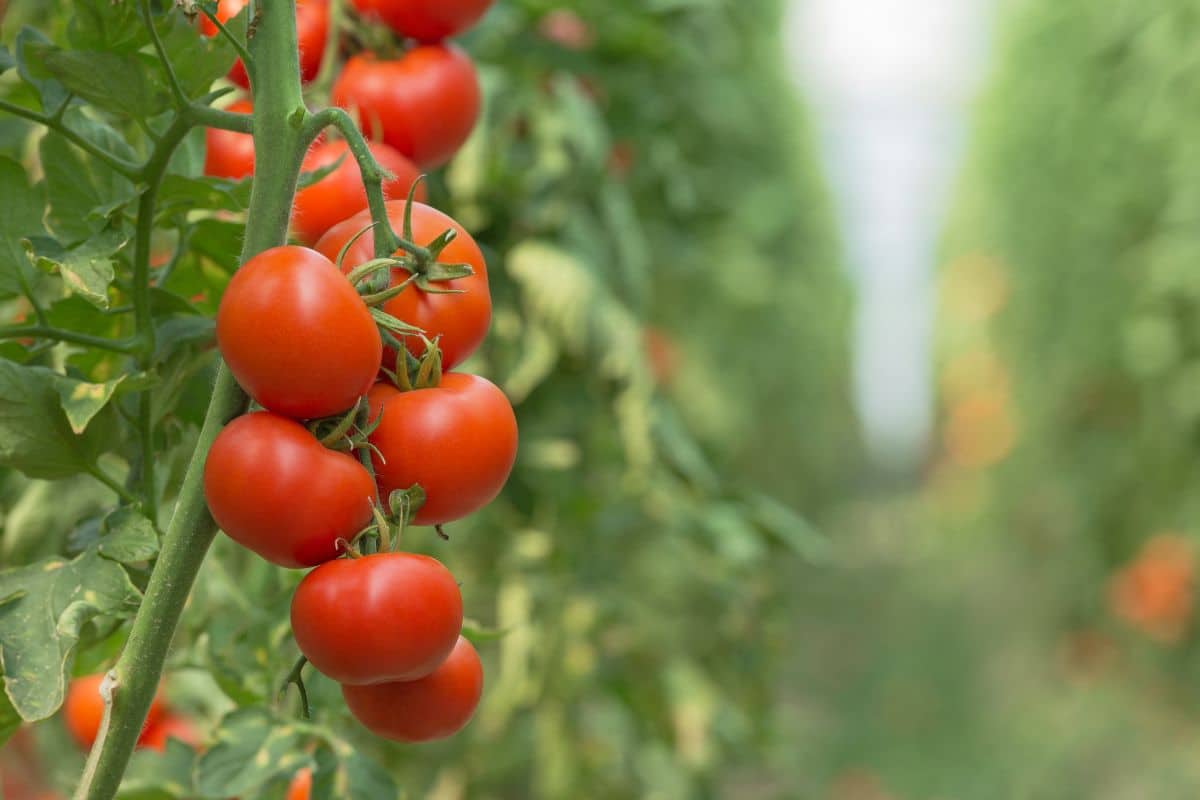Growing vibrant, flavorful tomatoes requires more than just good soil and adequate sunlight. Many experienced gardeners incorporate bone meal into their planting routine to provide essential nutrients. Understanding the correct amount of bone meal for tomato plants can significantly impact your harvest quality and yield.
Understanding bone meal and its benefits for tomatoes
Bone meal is a natural fertilizer made from ground animal bones, typically from cattle. This organic amendment is rich in phosphorus and calcium, two nutrients crucial for healthy tomato root development and fruit production. When properly incorporated into your soil, bone meal provides a slow-release source of nutrients that can feed your tomato plants throughout their growing season.
The primary benefits of bone meal include promoting strong root systems, encouraging abundant flowering, and supporting fruit development. For tomatoes specifically, phosphorus plays a vital role in energy transfer within the plant, while calcium helps prevent blossom end rot—a common problem that can ruin your harvest.
Unlike synthetic fertilizers, bone meal breaks down gradually, releasing nutrients over time. This slow-release quality makes it an excellent choice for creating a sustainable garden environment where plants can access nutrients as needed without the risk of chemical burn from excessive fertilization.
When shopping for bone meal, you’ll find options labeled as “steamed bone meal” or “raw bone meal.” Steamed versions are more readily available and break down faster in soil. Some gardeners prefer to use certified organic bone meal products to ensure their vegetables remain free from unwanted chemicals or additives.
Recommended bone meal quantities for planting tomatoes
The ideal amount of bone meal to use when planting tomatoes depends on several factors, including your existing soil composition and the specific needs of your tomato varieties. However, there are some general guidelines that work well for most home gardeners.
For most garden soils, apply 1 to 2 tablespoons of bone meal per planting hole when setting out tomato transplants. This quantity provides sufficient phosphorus to support initial root development without overwhelming young plants. For larger indeterminate tomato varieties that will grow throughout the season, leaning toward the higher end of this range is advisable.
If you’re preparing a larger garden bed for multiple tomato plants, aim to incorporate about 10 pounds of bone meal per 100 square feet of garden space. This approach works well when preparing soil before the growing season begins.
The application timing matters as much as the quantity. Here’s when to apply bone meal to tomato plants:
- At planting time (1-2 tablespoons per hole)
- When first flowers appear (light side dressing)
- When first fruits begin to form (another light application)
- Mid-season for indeterminate varieties (maintenance application)
Remember that bone meal works best in slightly acidic to neutral soils with pH levels between 6.0 and 7.0. In highly alkaline soils, the phosphorus in bone meal may become less available to plants. Consider testing your soil pH before application to ensure optimal nutrient uptake.
Application methods for maximum effectiveness
How you apply bone meal can significantly impact its effectiveness. When planting tomato seedlings, the most efficient method involves mixing bone meal directly into the planting hole. Start by digging a hole slightly larger than your plant’s root ball. Add the recommended 1-2 tablespoons of bone meal to the bottom soil, then mix it into the soil at the bottom of the hole.
This mixing step is crucial because direct contact between bone meal and tender roots can sometimes cause burning. By incorporating the bone meal into the surrounding soil, you create a nutrient-rich zone that roots can grow into gradually.
For established plants receiving side dressings, sprinkle bone meal in a circle around the stem, keeping it about 2-3 inches away from the base. Gently work it into the top inch of soil with a hand cultivator, being careful not to disturb shallow roots. After application, water thoroughly to help initiate the breakdown process.
Some gardeners combine bone meal with other organic amendments like compost from vegetable scraps to create a more complete nutritional profile. This approach can be particularly effective in sandy soils that might benefit from additional organic matter.
If you’re concerned about using animal products in your garden or prefer plant-based organic gardening methods, there are vegetarian alternatives to bone meal available. These typically include rock phosphate or other mineral-based phosphorus sources.
Potential issues and fine-tuning your approach
While bone meal offers significant benefits for tomato plants, it’s not a one-size-fits-all solution. Excessive application can lead to nutrient imbalances in your soil over time. Signs of over-application include stunted growth, yellowing leaves, or reduced fruit production in subsequent plantings.
If you’re using bone meal for the first time, start with the lower recommended amounts and observe your plants’ response. You can always increase the quantity in future plantings if needed. Many experienced gardeners find that combining moderate bone meal applications with comprehensive soil management practices yields the best results.
It’s also worth noting that fresh bone meal can attract animals to your garden. Dogs are particularly attracted to the scent. To minimize this risk, thoroughly mix bone meal into the soil rather than leaving it on the surface, and consider using fencing or other deterrents if animal disturbance is a concern in your area.
Finally, remember that while phosphorus is essential for tomatoes, balanced nutrition comes from a variety of sources. The most successful gardens typically incorporate diverse organic materials and amendments tailored to specific growing conditions. Regular soil testing every few years can help you fine-tune your fertilization strategy for optimal tomato growth and production.

